The two types of bonding – Physical and chemical
When forming bonds with adhesive, it is not as straightforward as the adhesive just sticking two materials together. Depending on the materials being bonded, the adhesive will form bonds using a combination of two different mechanisms: physical bonding and chemical bonding. While both are important, these bonds operate in different ways, each with its own unique strengths and limitations.
What is physical bonding?
Physical bonding refers to adhesive anchoring itself to substrates and forming a more physical bond, hence the name. Physical bonds form when molten adhesive is applied to a substrate and flows into the open spaces on the surface. The adhesive then cools and hardens, forming a link between the substrates. This form of bonding is the predominant bonding mechanism on porous substrates such as untreated wood, fabric, cardboard, etc.
Elements that can affect the strength of a physical bond include adhesive viscosity, open time, and the length and strength of substrate compression. Lower viscosity adhesives (such as tecbond 5) have an increased flow rate, allowing them to spread further and penetrate into the smaller spaces on the surface of the substrate, strengthening the bond even more.
The amount of compression applied to the substrates will determine how far into the open spaces the adhesive will flow. Higher viscosity adhesives may not adequately flow into the substrate when initially applied, but upon compression, they are forced into these surface gaps, forming a strong physical bond once it sets.
For adhesives with lower setting speeds, the length of compression will also affect bond strength, as the longer the substrates are held together, the longer the adhesive is forced into open spaces while it is still molten.
When it comes to open time, adhesive formulations with medium to long open times have more time to flow into and across the substrate, filling more gaps in the surface before setting.
What is chemical bonding?
Chemical bonding in hot melt adhesives involves the formation of polar or non-polar interactions between the adhesive molecules in the substrate. In other words, the adhesive will have some form of “attraction” to both substrates.
An example of a polar and non-polar interaction is water and oil. Water is a polar compound, and oil is a non-polar compound, meaning they do not chemically match and therefore separate when they come into contact with each other.
Hot melt adhesive formulations work by chemically mirroring the substrates to which they are trying to bond (polar substrates require a polar adhesive to form a bond, with non-polar substrates requiring a non-polar adhesive). In a very basic sense, the chemical compatibility forms molecular interactions between the adhesive and the substrate, resulting in chemical bonding.
Chemical bonding is a necessity on smooth, non-porous substrates or substrates that have already had their porous areas filled with another substance. For example, polypropylene is extremely tough to bond as its chemical makeup is difficult to match, while UV-varnished or printed materials have been covered in lacquer or ink, which have already filled any gaps on the material.
Hot melt adhesive molecules require energy to form their bonds. They get this energy in the form of heat. For this reason, the higher the application temperature, the more energy the molecules have to efficiently form bonds. Increasing the amount of adhesive applied to the substrate will in turn increase the number of molecules available for bonding.
No matter what bonding method is required for the substrate in question, an adhesive will always try to form both a physical and chemical bond. Some of the strongest bonds occur when the adhesive performs a mixture of both physical and chemical bonding.
For more information about the tecbond adhesive range, please speak to our dedicated sales team, who can guide you to the right adhesives and applicators for your task.
+44 (0)1268 885801








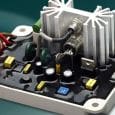



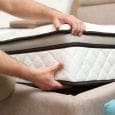


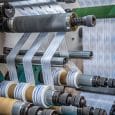




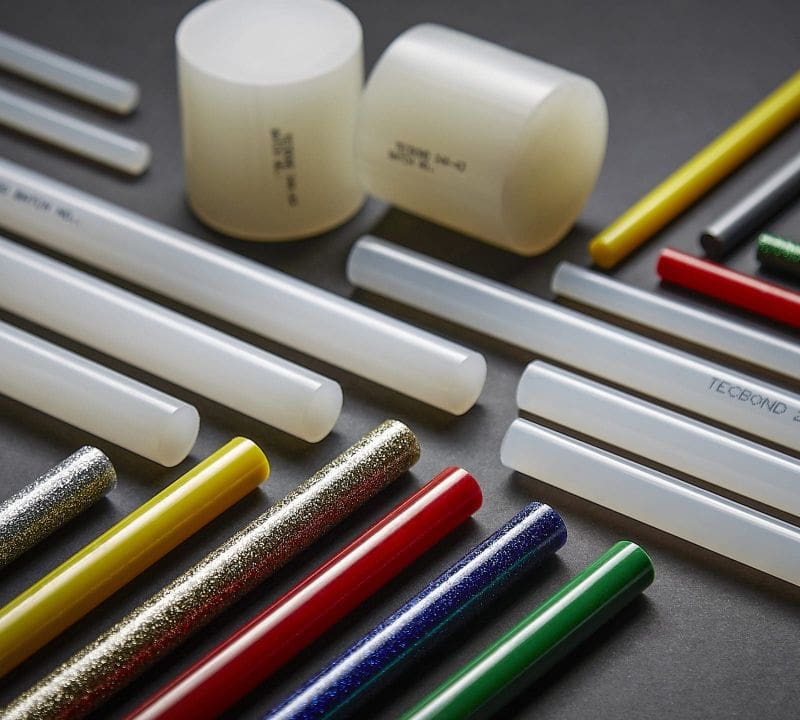
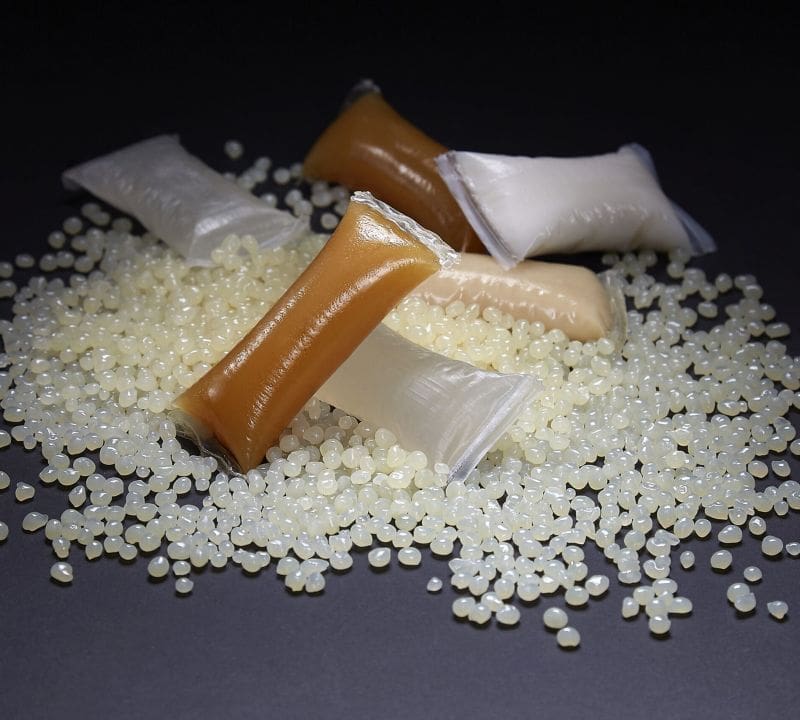





Leave a Reply